Cornell Lab of Ornithology has everything about birds, I mean EVERYTHING.
Take time to look at their website. It’s all about birds. Your guide to birds and birdwatching 🙂
http://www.allaboutbirds.org/
Cornell Lab of Ornithology has everything about birds, I mean EVERYTHING.
Take time to look at their website. It’s all about birds. Your guide to birds and birdwatching 🙂
http://www.allaboutbirds.org/
It’s 6 days to Christmas and the Goosanders on the river stay relaxed despite the snowstorms that seem to haunt us these days. The Goosander is one of the birds that stays in Iceland the whole year round. – Can you see the Polar Bear ?
The Long-Tailed Duck is a noticable duck because of its beautiful colours and long tail. Global warming is probably a threat to its existence. It is on the IUCN Red List of Threatened Species, with the status vulnerable. In the wintertime it stays in the ocean around Iceland but in the summer it is a breeding bird in the interior where the climate is colder, more arctic.
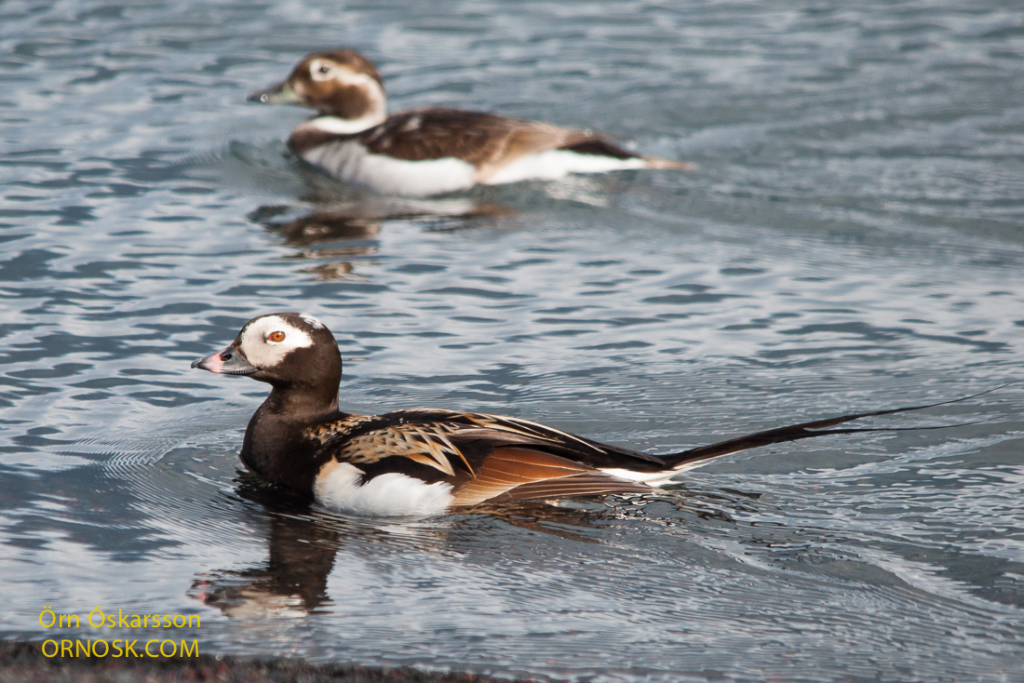
This picture is taken in Veiðivötn, Fishing Lakes, in the interior of Iceland. The male bird is at the front, the female behind.
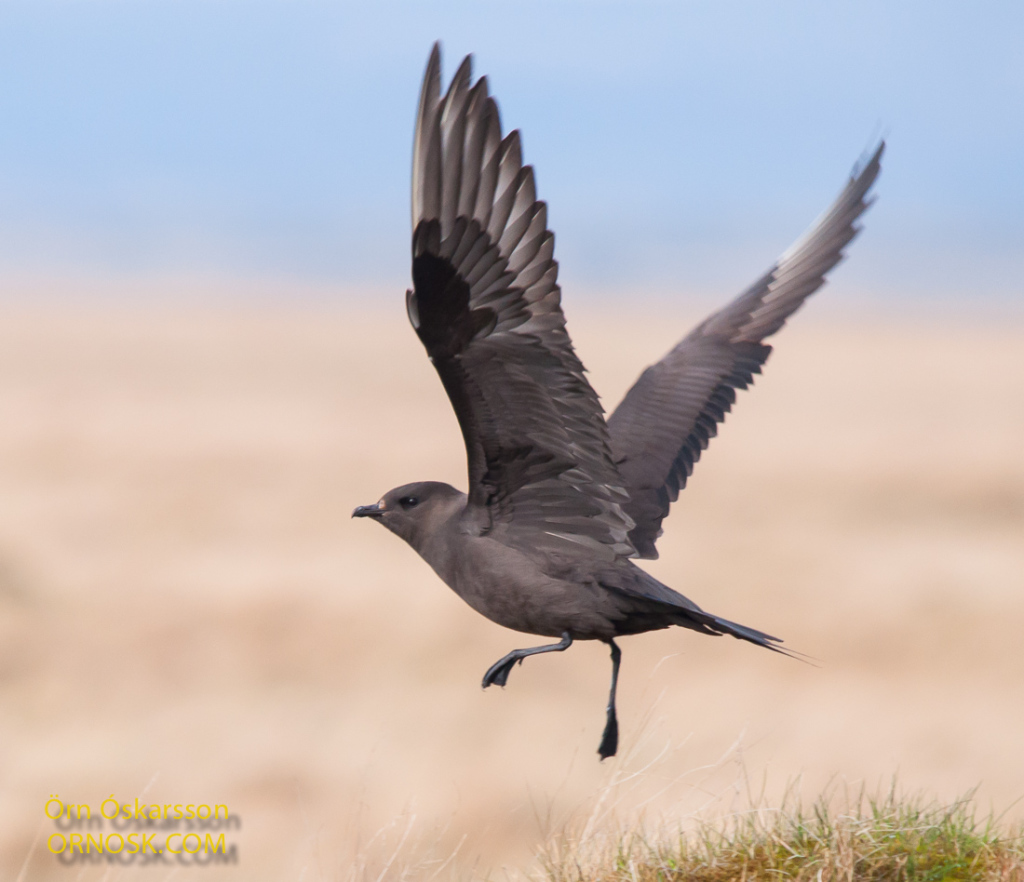
The Parasitic Jaeger (Stercorarius parasiticus) gets its name from stealing food from other birds. Doesn’t sound nice, does it? It is a seabird and also goes by the name of Arctic Skua. We think that is a better name.
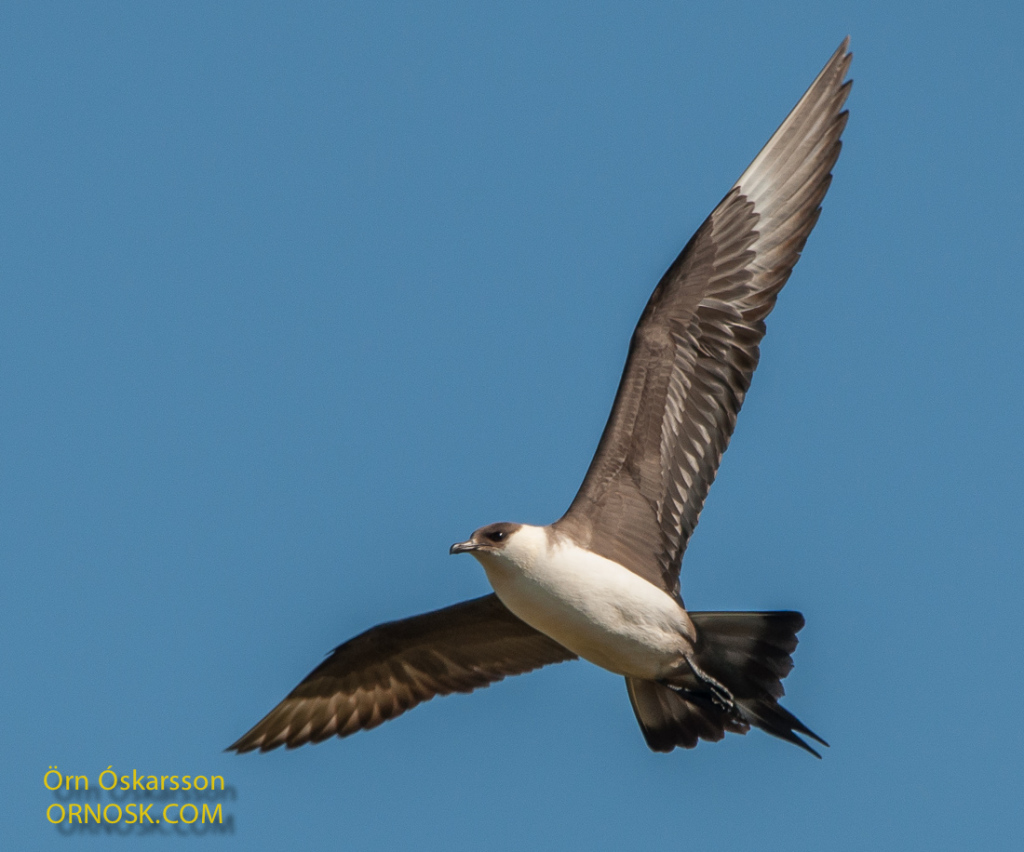
The Arctic Skua is a migratory bird in Iceland and arrives here in early May. It can be found throughout the country. It makes its nest in sandy soil even in the interior although it is a seabird that stays mostly near the sea .
Today when it’s only 8 days to Christmas we bring you this little wood mouse that we have seen several times this year. The beautiful little thing has some different colour variations than the ordinary ones. – Here it is in the snow in the food set out for the birds at the family summerhouse, and the birds are glad to share 🙂
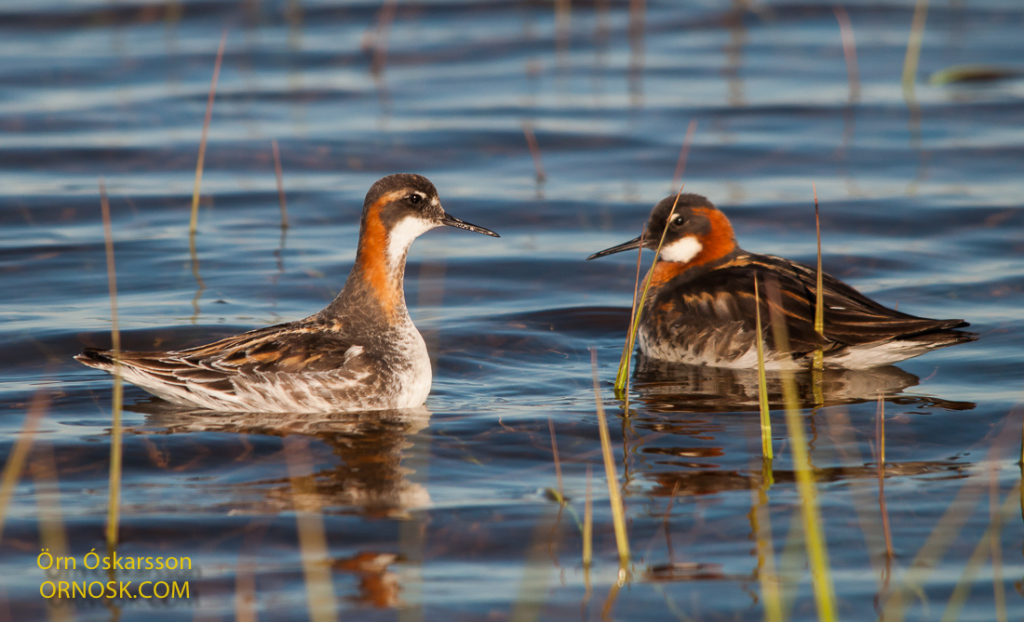
The Red-Necked Phalarope (Phalaropus lobatus) is a wader and can often be seen on ponds, lakes and streams. With the Red-Necked Phalarope the roles of the sexes is reversed. After the female has laid the eggs she goes her way leaving the male with the responsibility of the nest and the upbringing of the chicks. They are migratory birds and leave for the winter. Some probably go all the way to the Pacific, West of Peru.
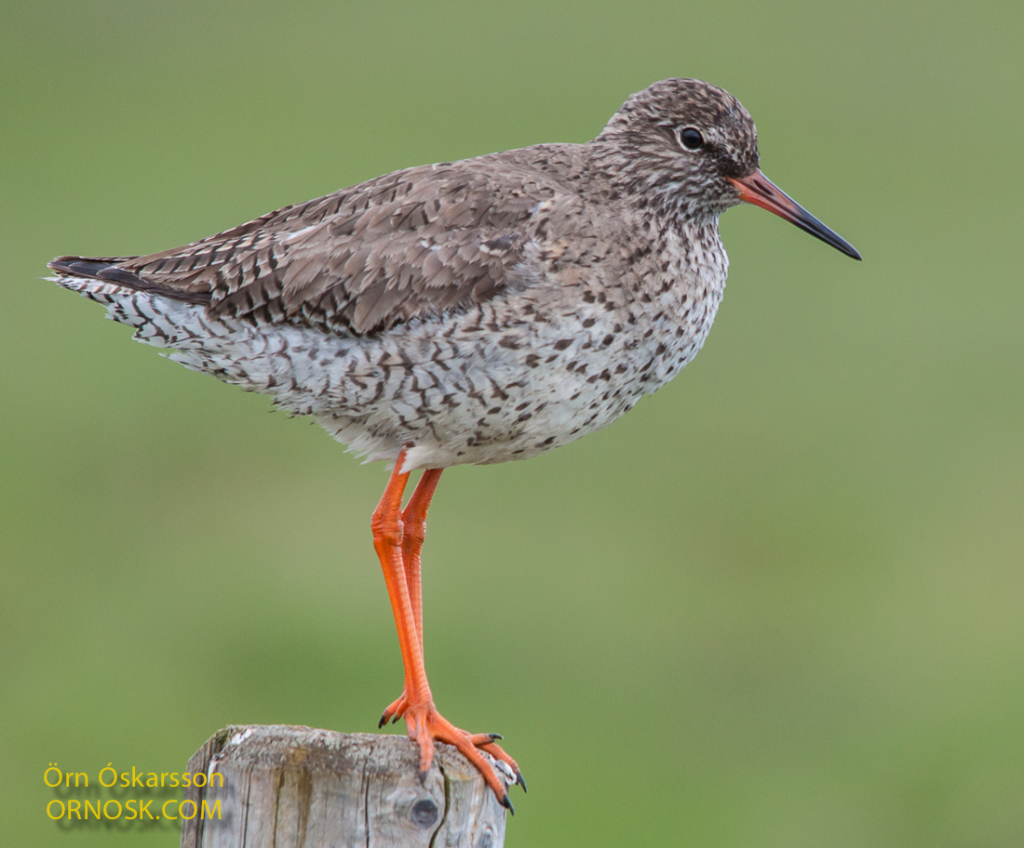
With its bright orange feet the Redshank stands out and makes it easy to spot. It is usually a migratory bird in Iceland but a few stay for the winter. The Redshank is a wader and can be seen throughout the country, mostly near lakes and streams, and of course by the seaside. – We have to wait until April to hear the shrill call of the Redshank again.
Outside it’s snowing and the wind is blowing. A blizzard has started and a warning has been issued. Roads are expected to close and everyone should just stay inside.
So this is the perfect time to sit down with a warm cup of tea and a drawing pad. Here is an example from my drawing pad 😉
The Arctic Tern (Sterna paradisaea) is mainly a seabird, they say. These pictures are taken in Veiðivötn in the Interior of Iceland, far from the sea, in July this year. Here you can see how aggressive it is during the breeding season, –very protective of its young ones.
The Arctic Tern flies South for the wintertime. It is a long lived bird, reaching the age of 30 even.